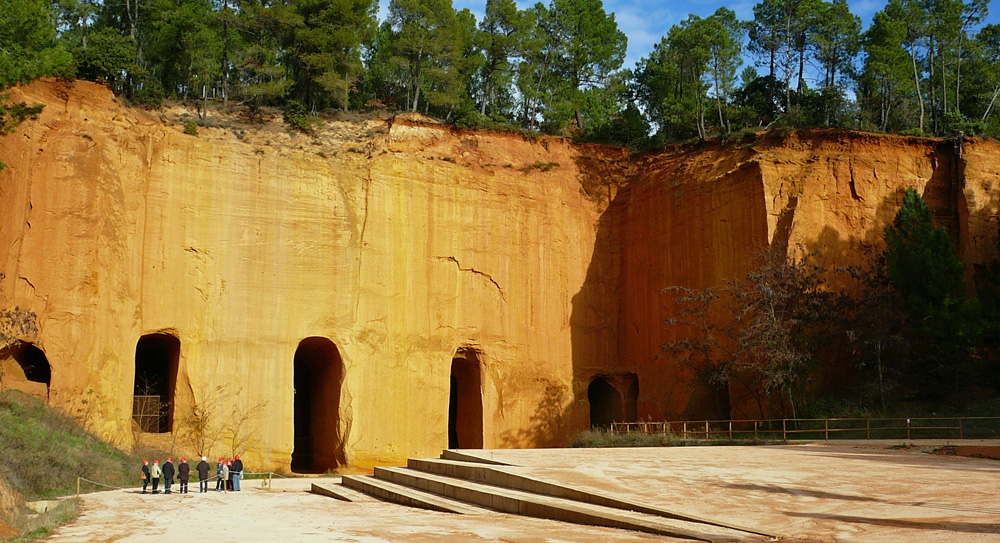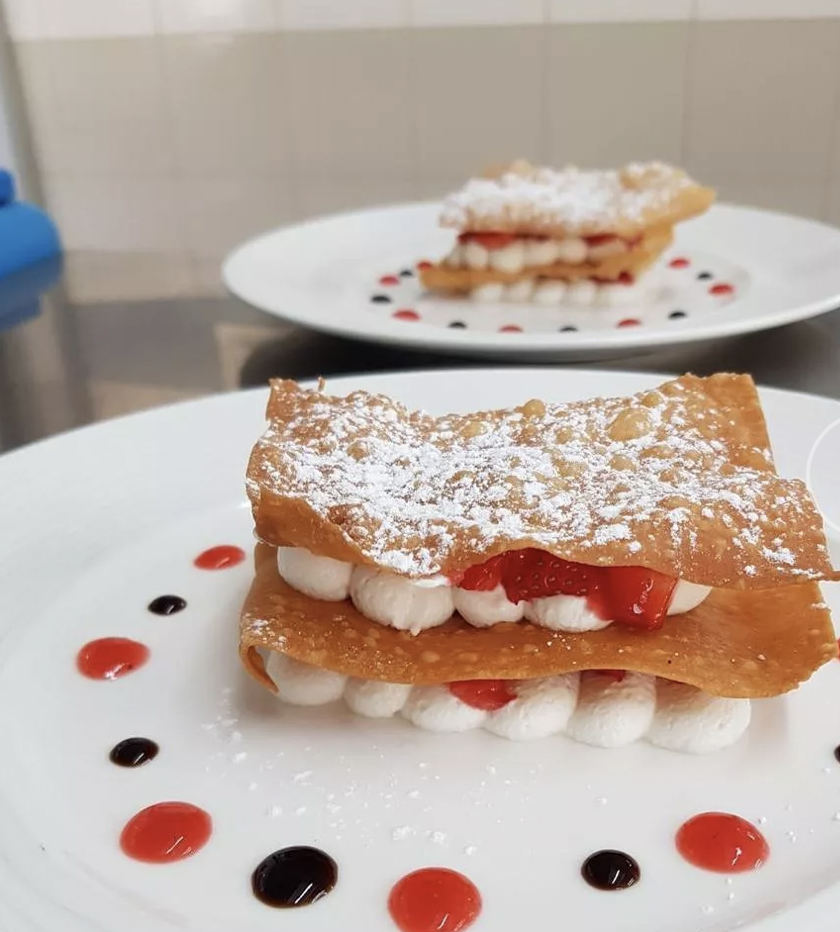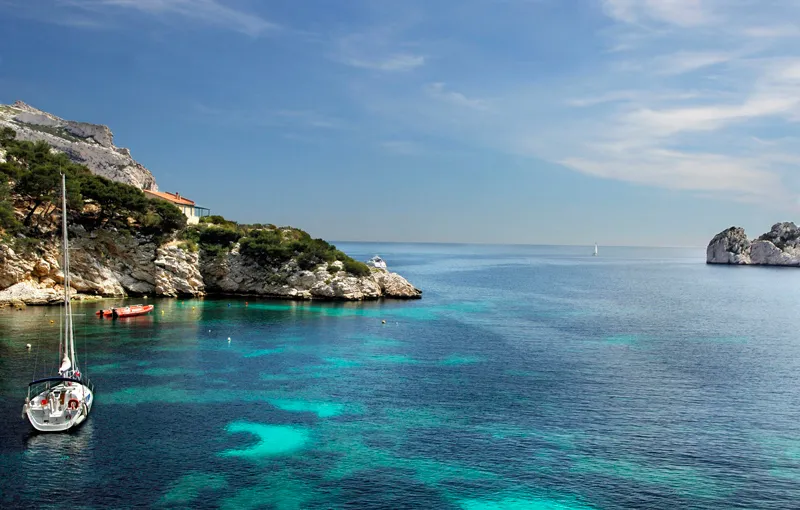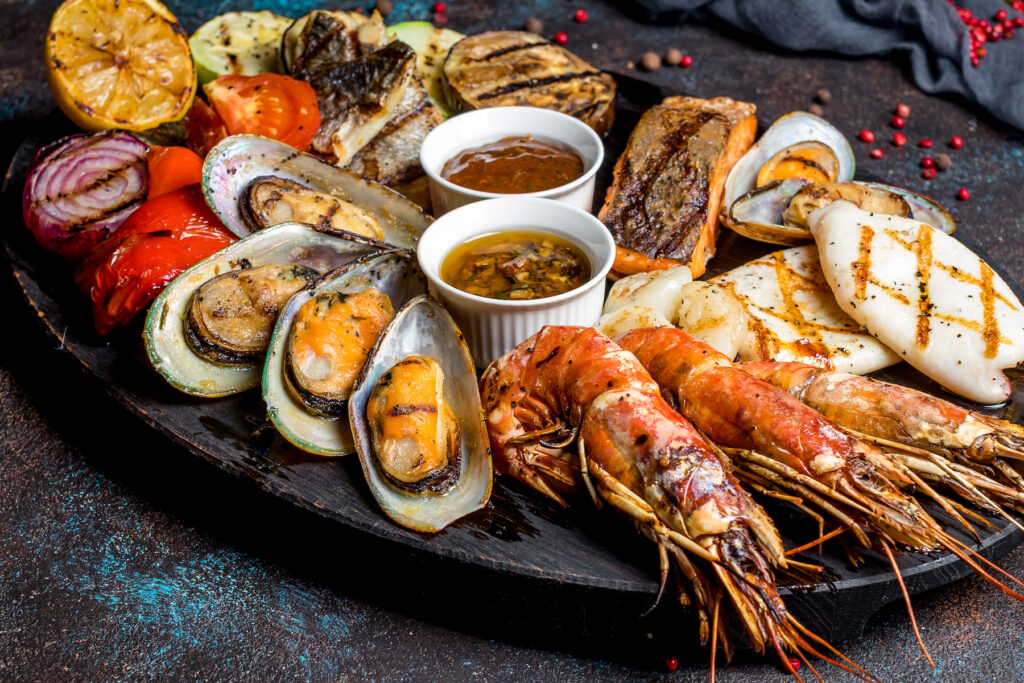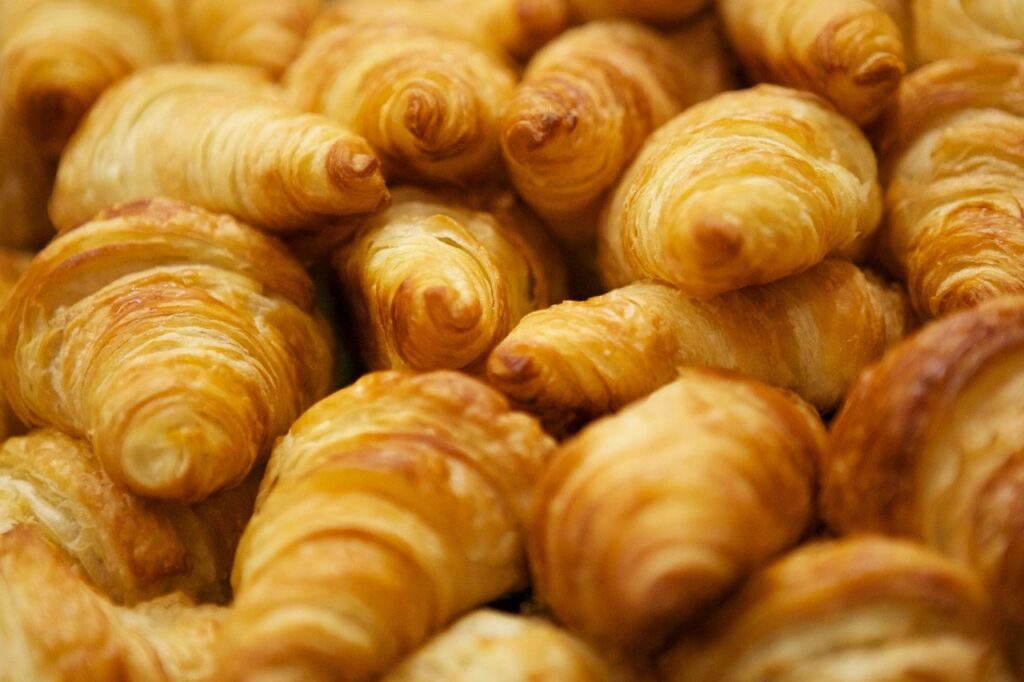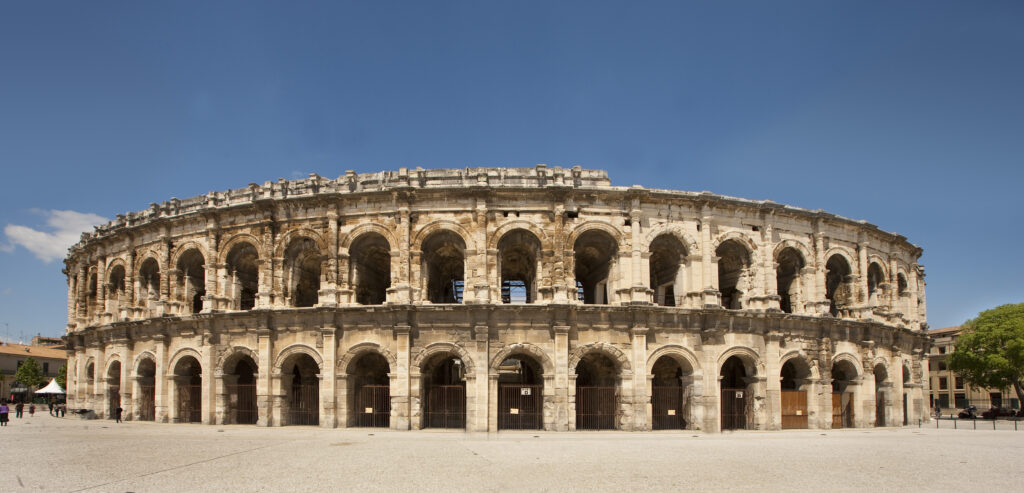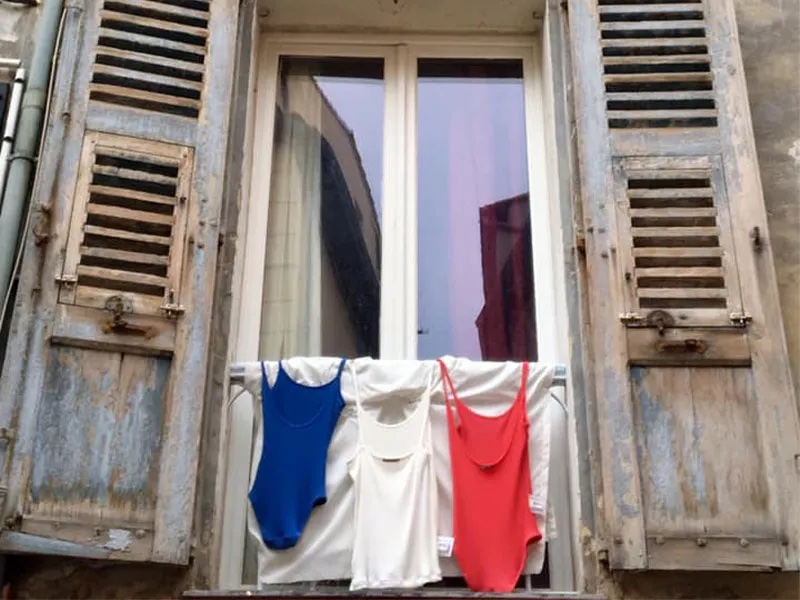
Val and I are traveling around Europe and have been in France for the last month. I am responsible for doing the laundry in our family, and French washing machines present a special challenge.
Every time we land in a new place, I have to figure out a new washing machine. You would think they would be standardized—or at least kind of similar—but you would be wrong.
Charles de Gaulle famously said of the fractious French, “How can you govern a country with 246 types of cheese?” He could easily have been talking about French washing machines, but I suspect it was Madame de Gaulle doing the laundry while Monsieur le Général sat around eating cheese.
The trick is to find a wash cycle that doesn’t take all day, because French washing machines are a lot like French bureaucrats—they take a long time to get anything done.
Read all about my French laundry adventures in The Good Life France!

 How would you like to travel to France but not have to get on a plane?
How would you like to travel to France but not have to get on a plane?